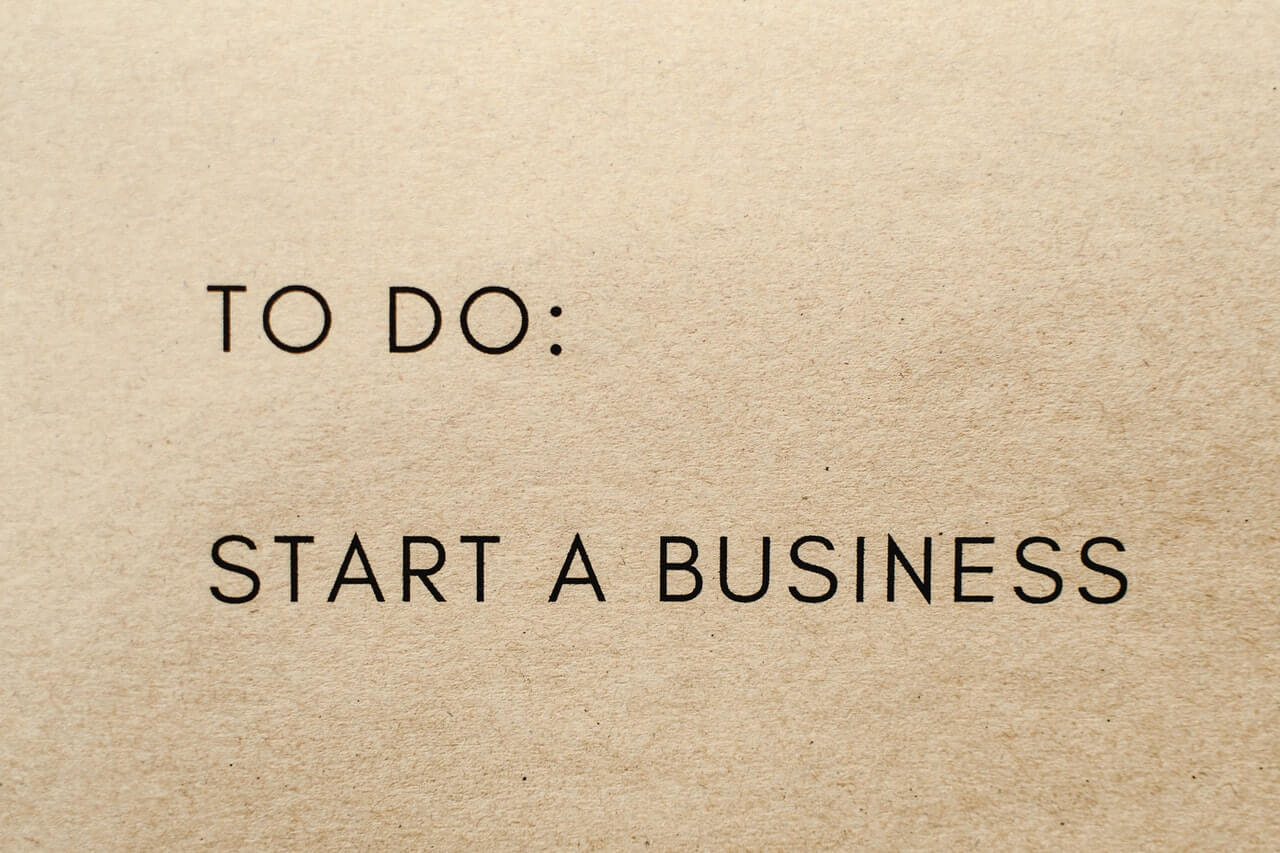Effectively implementing an excellent marketing strategy is the best bet for profitable growth. Such a strategy will be founded on market needs and internal capabilities. It will have at its core, a valuable advantage over your competitors. The whole company needs to understand what this advantage is. Each person needs to know how they contribute …
Starting a Business/
Business Planning
The basis of marketing is understanding what your target market wants or needs. So, how do you do this? How do you go about understanding your target market? Understanding your market is really a blend of science and art. The key is to collect the data. I believe it is important to do this through …
Understanding your target market will give you the information needed for an effective promotional plan. Your target market needs and buyer behavior are the basis for the plan. The market needs dictate your positioning and possible competitive advantage while buyer behavior will determine who you need to sell to and where you need to have …
Implementing a marketing strategy is a multi-faceted activity. A good marketing stratetgy is driven by a clear, simple positioning statement. This makes it clear to your employees and market, where the company is superior to the competition. The marketing strategy encompasses the product or service offering, pricing, promotion and distribution – or delivery of the …
The key to successfully growing your business is effectively implementing an effective marketing strategy. Of course, there are a lot of other pieces – the financing, developing the product or service, producing the product, internal accounting controls, legal HR policies, for example. However, a successful marketing strategy brings in customers and profitable sales. Without sales, …
You’ve gone through the steps. Your business plan is reasonably thorough. So there’s not much to worry about, right? Wrong. If it’s good, it will get you started. But it’s only a plan. The rest you’ll have to figure out as you go. Reality has an annoying way of interfering with plans.
I’m Tove Rasmussen and I’m the host of this blog. You can read more about me next to my picture in the sidebar. This blog will be about various aspects of starting and developing a business, and will focus especially on practical tips and tools in posts published at least once a week, including posts …







